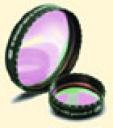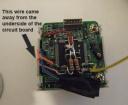A rare few days of autumn sunshine has left the skies clear for a couple of nights and given me a chance to image some old favourites.
In the last few weeks I’ve:
- Installed the Atik 16ic as the main imaging camera
- Installed the QHY5 as my guide camera with all the driver issues associated with it!
- Adjusted the primary collimation on the main scope
It may not sound like much but those few changes have taken time to get right and I’ll need more clear nights before I’m happy with the results.
I’ve found that if I keep my guide camera exposures to 0.5 seconds I don’t get too much movement and I’ve been able to take images as long as 5mins. After stacking the 5min exposures in DSS (Deep Sky Stacker) I thought the focus was out but it seems there’s just too much movement and the resulting stack looks more blurred than the individual frames.
I may suggest on the EQMOD forum that the software could include a timed shutdown option as I leave the system imaging overnight and hope the scope doesn’t get jammed against anything before I awake and rescue it. So far I haven’t had any issues but if I could issue a “Park at 4:30am” command I’d feel a lot happier and may even sleep longer :).
Images
So here are a few images from the last 2 or 3 nights. All have been stacked in DSS with curves and levels in Photoshop:
NGC6946 – where I found the supernova a couple of years ago. This is a stack of 20 x 1 minute exposures.
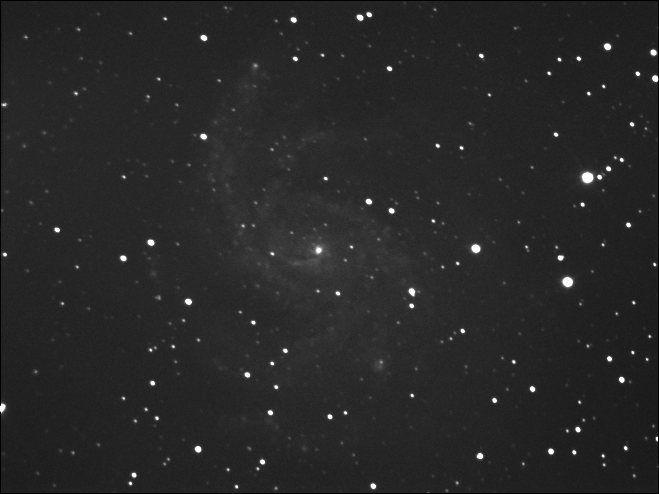
The Crescent Nebula – 24 x 1 minute exposures
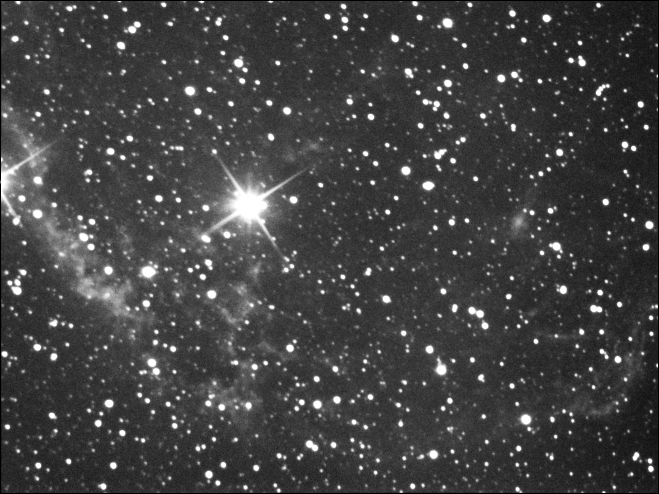
I’ve never taken a good image of the crescent, this is probably the best but it remains a tricky object, being just too big for the FOV with the 16ic. Maybe I’ll redo this with the Canon when I next switch the camera’s around.
NGC7331 is a spiral galaxy in pegasus. I haven’t done it justice here as I’m sure with the right camera this would be awesome. The galaxy has a number of smaller galaxies in the same FOV making this a nice object to image.
The two images shown here are 23 x 5mins for the top images and 13 x 3mins for the bottom. Dirt on the primary mirror, mist, poor guiding due to fogged up guidescope all contributed to these images not being exactly what I was hoping for.
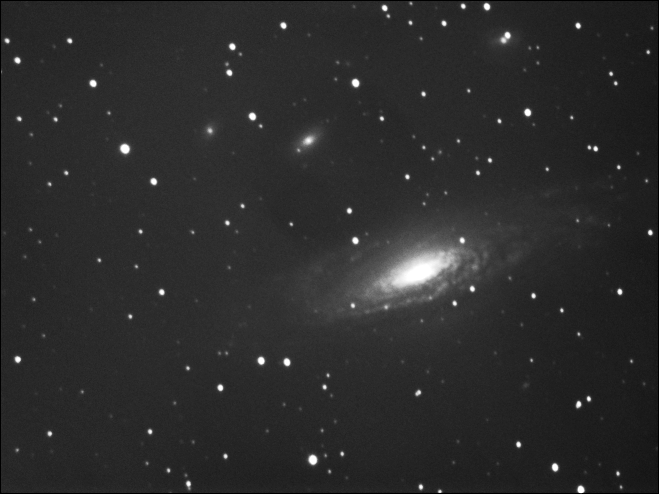
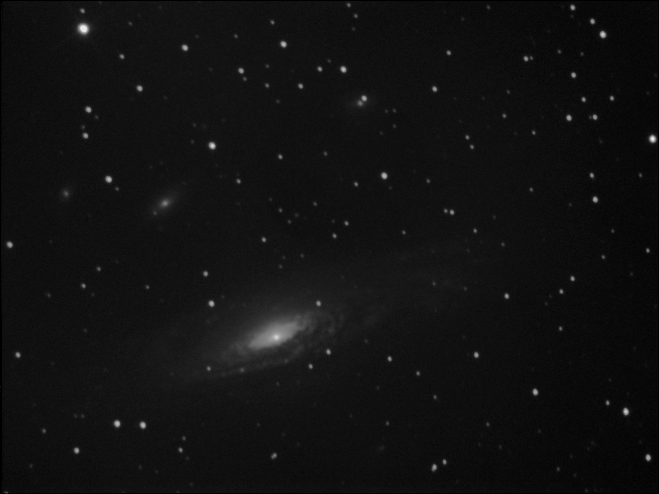
Another object commonly imaged by us amateurs, M57 the Ring Nebula. I’m happy with the sharpness of the stars inside the ring but disappointed with the overall ring which shows more detail in my earlier webcam images than it does with the more sensitive Atik.
The top image is 23 x 30 second exposures and the bottom is the same image with IC1296 highlighted. IC1296 is a 15.5mag galaxy which is overshadowed by its more well known neighbour.
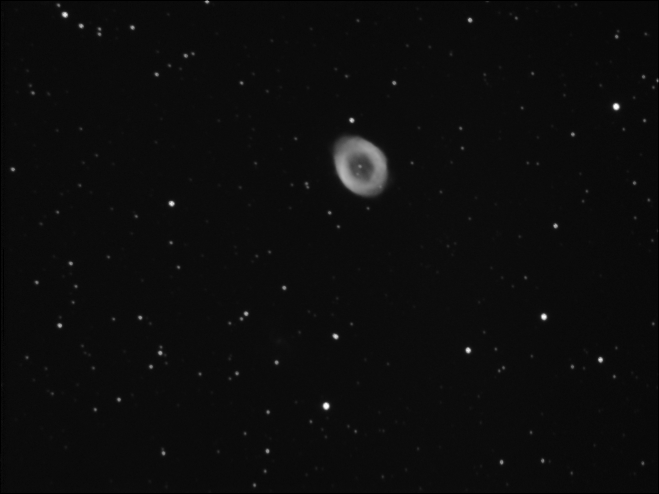
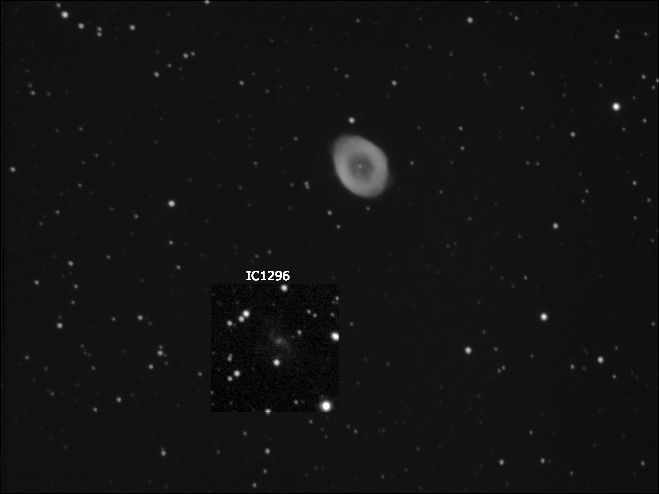
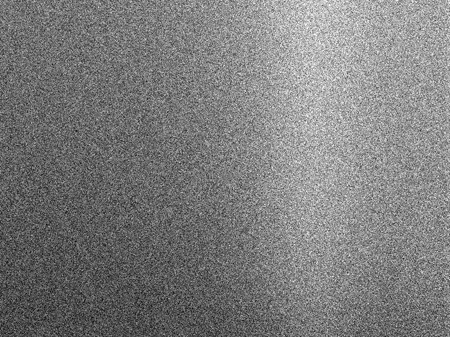
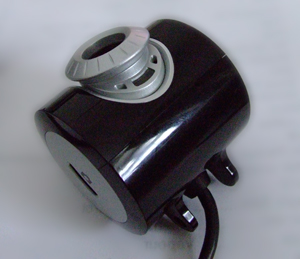 Firstly I removed the stand from the back of the camera by gently twisting it.
Firstly I removed the stand from the back of the camera by gently twisting it.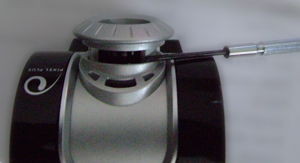 Next you need to remove the light grey cap which surrounds the lens.
Next you need to remove the light grey cap which surrounds the lens.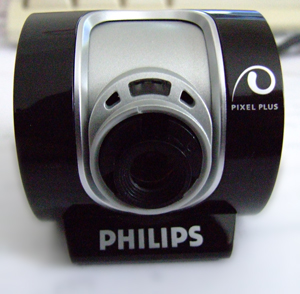
 Here the lens has been unscrewed clearly showing the IR filter which looks pink on the back of the lens.
Here the lens has been unscrewed clearly showing the IR filter which looks pink on the back of the lens.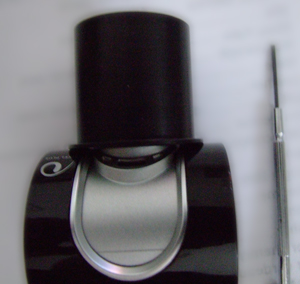 Finally screw the 1.25″ eyepiece adapter into the camera. Don’t forget the CCD is now exposed so if you have a cap to cover the end of the adapter now would be a good time to fit it. I don’t have a cap but my balow lens does so I leave it attached to the camera when not in use.
Finally screw the 1.25″ eyepiece adapter into the camera. Don’t forget the CCD is now exposed so if you have a cap to cover the end of the adapter now would be a good time to fit it. I don’t have a cap but my balow lens does so I leave it attached to the camera when not in use.

